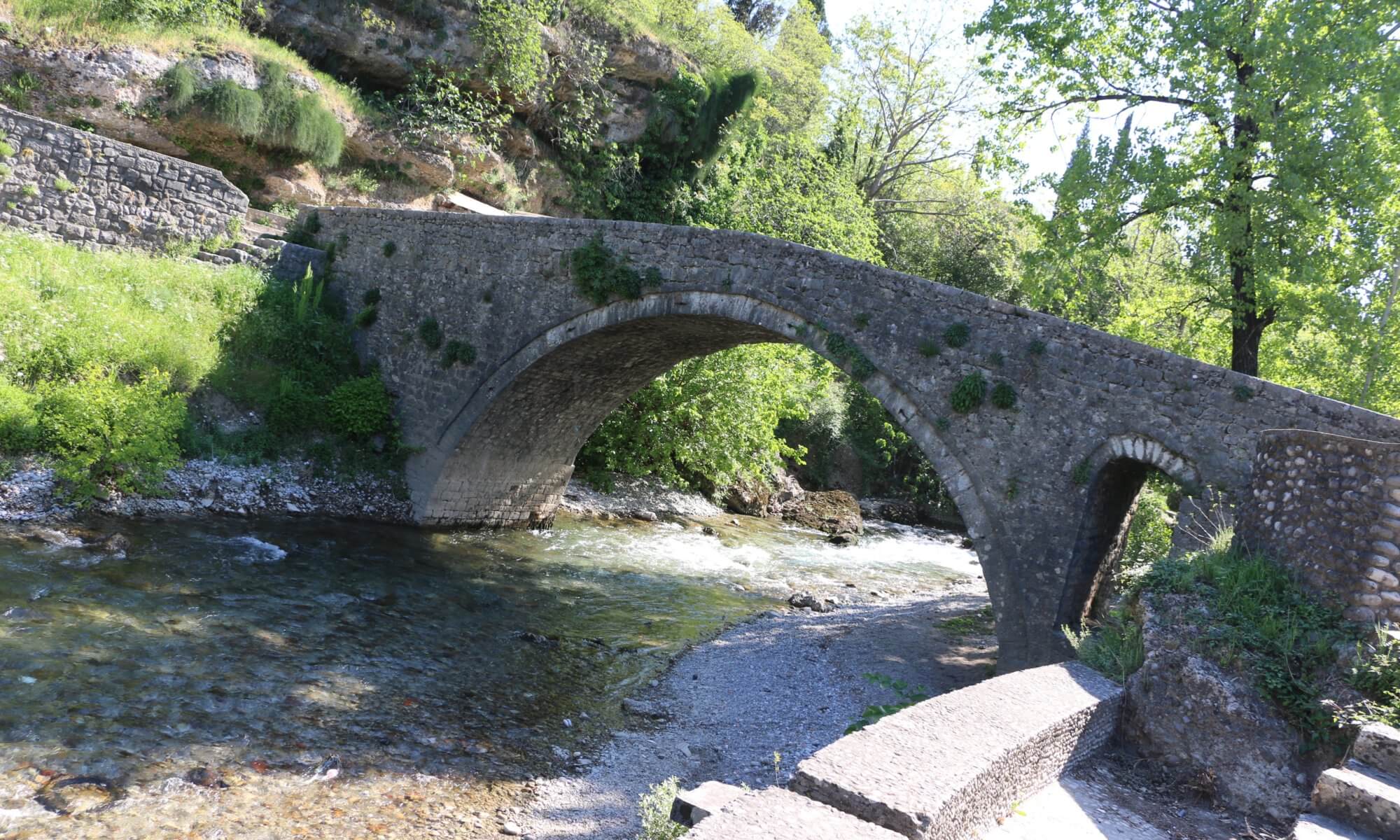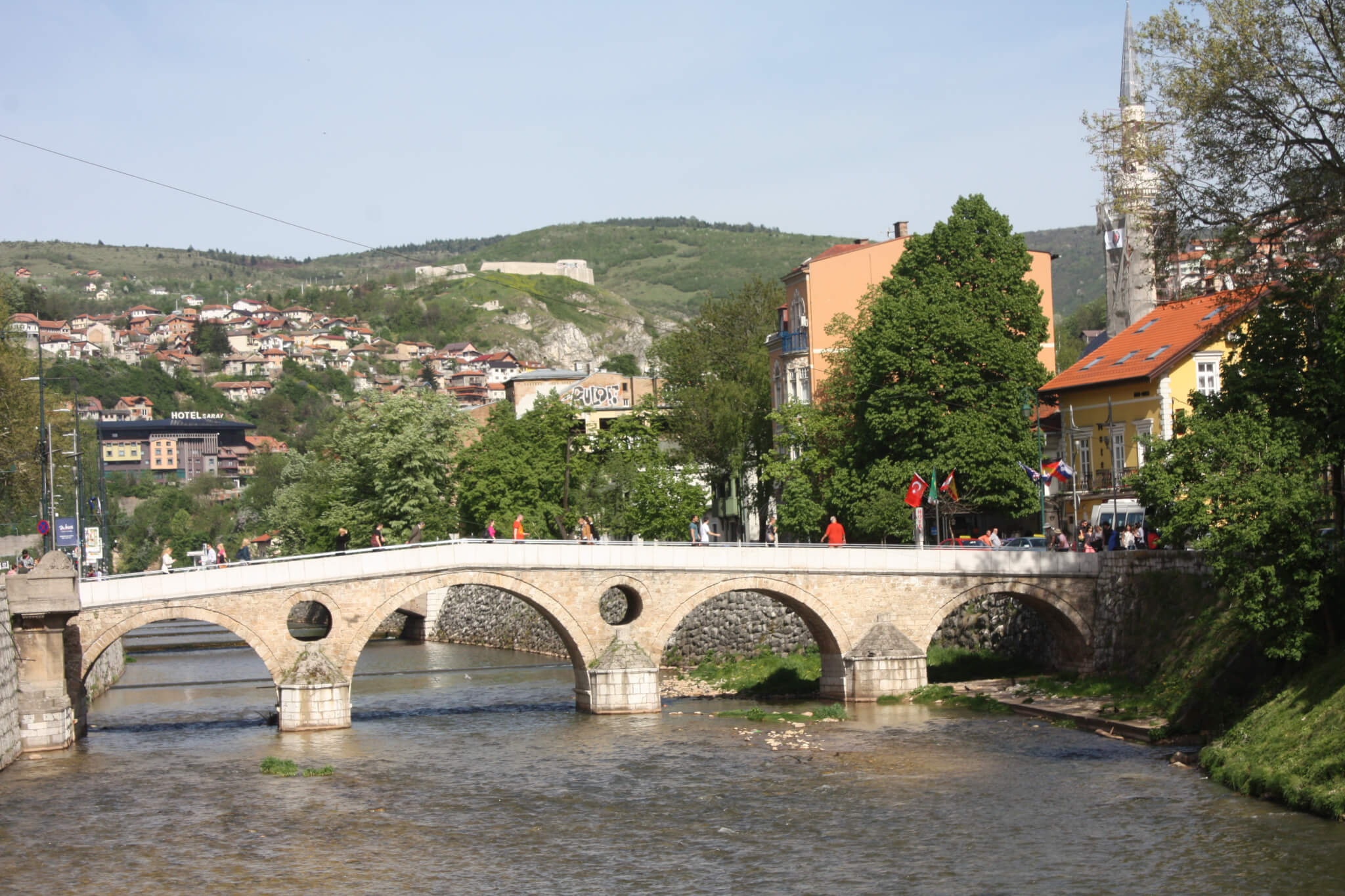Bosnia and Herzegovina is a reflection of Yugoslavia in miniature. Three ethnics and three religions exist next to each other: Bosniak muslims, orthodox serbs and catholic croats. During the siege of Sarajevo, the conflict line was drawn mainly between bosniaks and serbs, therefore between muslims and orthodox christians.
The Assassination of Franz Ferdinand
Sarajevo is well known for three events in history: (1) the siege between 1992 and 1995, (2) the olympic winter games in 1984 and (3) the assassination of archduke Franz Ferdinand in 1914. Today, there are some traces left at the Latin bridge in Sarajevo: A memorial and a tiny museum where you can see the weapons used, the newspaper reports published afterwards and can learn a bit about the background.
Continue reading “The Assassination of Franz Ferdinand”Buildings well known to the world
When entering the city of Sarajevo, shortly before the main street Ferhadija begins, you’ll find a scenery you might well know. On the left side the massive building of the hotel Holiday Inn, behind that the two UNIS towers; on the other side of the road the skyscraper of the Bosnian parliament.
Continue reading “Buildings well known to the world”The Roses of Sarajevo
When walking through Sarajevo with open eyes you will recognize some ruins where nature reclaims its territory and trees growing within concrete structures. You will even find facades with plenty of bullet holes and also within cable cars the heritage of the war is still visible.
Konvertibilna Marka
If a German – at least born in the early 1980s – travels to Bosnia and Herzegovina, there is one thing that makes him immediatly feel at home: The currency. Until 1998 there were three official currencies: The Yugoslav dinar, the Bosnian Dinar and the Croatian kuna. Unofficially one foreign currency was frequently used: The German mark (D-Mark). During the siege it was the most used within Sarajevo.
La Moneda
The most important place in Santiago de Chile, the old coin making palace and later on presidential seat of Chile is located at the Avenida Libertador Bernardo O’Higgins in the center of the city. It is a beautiful palace which was scene for the CIA-backed military coup d’état on September 11, 1973. Today it is seen as a major event of the Cold War with a symbolic power equal to the Cuban Revolution.






